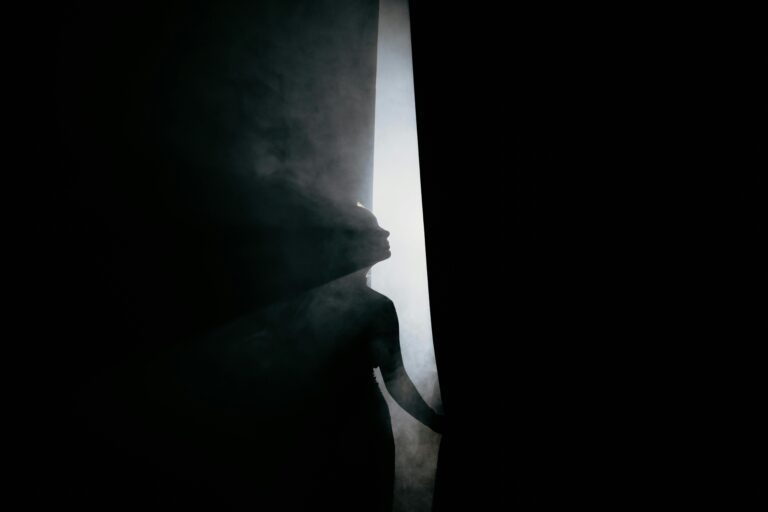For years, the DSLR was the undisputed king of photography. Professionals and enthusiasts alike swore by their sturdy builds, optical viewfinders, and superior battery life. But times are changing, and mirrorless cameras are taking over the industry at a staggering pace. So, is this the end of the DSLR era, or does the classic camera still have some fight left?
A Brief History of the DSLR vs Mirrorless Debate
To understand the shift, we have to go back to the fundamentals. DSLRs (Digital Single-Lens Reflex) cameras evolved from film-based SLR cameras. They use a mirror to reflect light into an optical viewfinder, which photographers use to compose their shots. When the shutter is pressed, the mirror flips up, allowing light to hit the sensor and capture the image. This system worked brilliantly for decades and became the standard for serious photography.
Then along came mirrorless cameras. As the name suggests, they remove the mirror mechanism entirely, allowing light to directly hit the sensor. Instead of an optical viewfinder, most mirrorless cameras use electronic viewfinders (EVFs) or rely entirely on the rear LCD screen for composition. This simple yet revolutionary design change set the stage for a new era of photography.
Why Mirrorless is Winning the Battle
Mirrorless cameras have been creeping up on DSLRs for over a decade, but in recent years, they’ve surged ahead in technology, performance, and popularity. Major brands like Canon, Nikon, and Sony have thrown their weight behind mirrorless systems, with even long-time DSLR loyalists making the switch. With features like electronic viewfinders, lighter bodies, and faster autofocus, mirrorless cameras are tempting photographers away from their trusty DSLRs.
One of the biggest advantages of mirrorless cameras is their size and weight. Without the bulky mirror mechanism, manufacturers can produce smaller and lighter bodies that are easier to carry around. This makes them especially attractive to travel photographers, street photographers, and anyone tired of lugging around a heavy camera bag. Lighter cameras also mean less fatigue during long shoots, making them a practical choice for professionals who spend hours on assignments.
Autofocus and Speed – Mirrorless Takes the Lead
Autofocus is another area where mirrorless cameras have taken the lead. With advanced phase-detection autofocus directly on the sensor, they offer faster, more accurate focusing, even in low light. Eye-tracking autofocus has become a game-changer, particularly for portrait and wildlife photographers. DSLR autofocus systems, while still reliable, are often slower and more limited in coverage across the frame. Traditional DSLRs rely on phase-detection autofocus that works best through the optical viewfinder, but when switched to live view, the speed drops significantly.
Meanwhile, mirrorless cameras excel in real-time tracking, where the camera continuously adjusts focus as the subject moves. This is particularly beneficial for sports, action, and wildlife photographers who need to track fast-moving subjects.
The Mirrorless Advantage in Video
Then there’s video. Mirrorless cameras dominate in this space, offering superior 4K and even 8K video recording capabilities with features like in-body image stabilisation and real-time autofocus tracking. While DSLRs can shoot video, their outdated live view autofocus and lack of stabilisation options put them at a disadvantage. The introduction of mirrorless cameras with advanced video capabilities has led to many professionals in filmmaking and content creation making the switch. Sony’s Alpha series, Canon’s EOS R series, and Panasonic’s Lumix GH line are clear examples of how mirrorless cameras have revolutionised the video industry.
Filmmakers also appreciate the silent shooting feature of mirrorless cameras, which eliminates the mechanical mirror slap sound that DSLRs produce. This is crucial when capturing sound-sensitive environments, such as weddings, interviews, or wildlife settings.
The Last Stand of the DSLR
However, not everyone is ready to bury the DSLR just yet. These cameras still have some key advantages, such as superior battery life, an optical viewfinder with no lag, and a vast selection of lenses built over decades. Many professional photographers, particularly in sports and wildlife photography, continue to rely on DSLRs for their durability and reliability.
Battery life remains one of the most significant advantages of DSLRs. Mirrorless cameras require power for their electronic viewfinders and LCD screens, which results in shorter battery life compared to DSLRs that can shoot thousands of images on a single charge. For photographers working in remote locations or those who shoot all day, this is a critical factor.
Another argument in favor of DSLRs is the optical viewfinder. While EVFs have improved dramatically, some photographers still prefer the natural look of an optical viewfinder, which provides a direct, unprocessed view of the scene. Optical viewfinders have no lag, work in any lighting conditions, and don’t drain battery life.
The End of an Era? Camera Manufacturers Make Their Move
The biggest sign that the DSLR era is fading is the decision by major manufacturers to halt new DSLR development. Nikon and Canon, once the biggest champions of DSLRs, have shifted their focus entirely to mirrorless systems. Nikon officially announced it would stop developing new DSLRs, and Canon confirmed that its flagship DSLR, the 1DX Mark III, would likely be its last. While existing DSLR models will remain on sale, and their lenses will still be supported for years, the writing is on the wall—mirrorless is the future.
Camera companies are also investing heavily in mirrorless lens development. While DSLR lenses remain widely available, the latest innovations in lens design are happening in the mirrorless space. These lenses are often lighter, sharper, and designed to take advantage of the shorter flange distance of mirrorless cameras, leading to better optical performance.
Should You Still Buy a DSLR?
So, does this mean you should abandon your DSLR immediately? Not necessarily. If you already own a DSLR and a collection of lenses, there’s no urgent need to switch unless you specifically want the benefits of mirrorless technology. DSLRs are still capable of producing stunning images, and for certain applications like studio photography or landscapes, they remain a solid choice.
However, if you’re in the market for a new camera and looking to invest in the latest technology, mirrorless is the clear choice. The future of photography is heading in that direction, and buying into a mirrorless system now ensures compatibility with the latest advancements in imaging technology.
Conclusion: The DSLR’s Final Chapter
So, is the DSLR dead? Not quite, but it’s certainly on its way out. For those invested in DSLR gear, there’s no need to panic—these cameras will still be relevant for years to come. But for anyone looking to upgrade or buy their first serious camera, the mirrorless revolution is impossible to ignore. The days of the DSLR might not be completely over, but they are undoubtedly numbered.
Mirrorless cameras have brought innovation, speed, and versatility, reshaping the industry and changing how we capture the world. Whether you embrace the change or hold onto the past, there’s no denying that photography is evolving. And as history has shown, technological evolution always leads to new creative possibilities. The question is, are you ready to move forward with it?
Keywords for SEO:
- Mirrorless vs DSLR
- DSLR vs mirrorless cameras
- Is DSLR dead?
- Future of DSLR cameras
- Mirrorless camera advantages
- Best mirrorless cameras 2024
- DSLR camera phase-out
- Mirrorless vs DSLR for professionals
- Why switch to mirrorless?
- DSLR vs mirrorless autofocus
- Mirrorless camera technology
- DSLR cameras discontinued
- Mirrorless vs DSLR for video
- Should I buy a DSLR in 2024?
- Mirrorless camera benefits
- Mirrorless camera vs traditional DSLR
- Canon mirrorless vs DSLR
- Nikon mirrorless vs DSLR
- Sony mirrorless camera advantages
- DSLR vs mirrorless battery life
- Best mirrorless cameras for photography
- Mirrorless cameras for beginners
- Pros and cons of mirrorless cameras
- Future of digital photography
- Are DSLRs obsolete?
- Best DSLR alternatives





